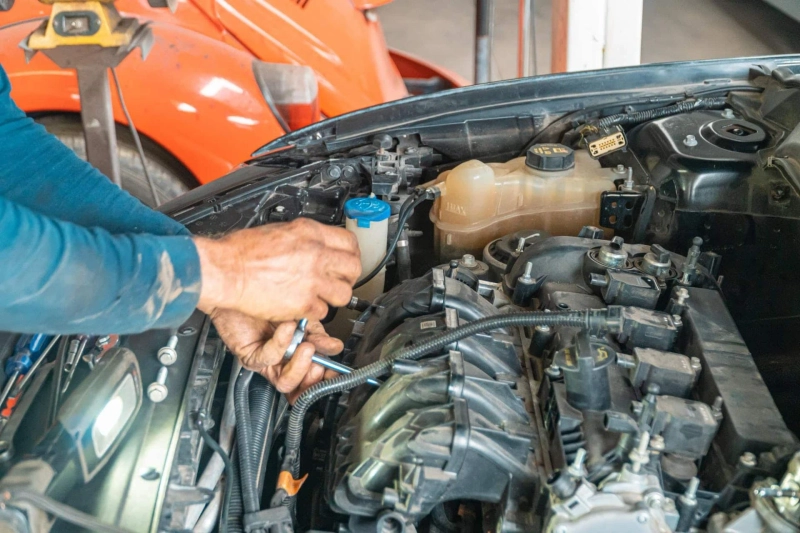A car radiator is an essential part of the vehicle's cooling system. A radiator breakdown (leaks and blockages) can cause the car engine to overheat, resulting in severe failure and expensive check-up. Up until now, automotive radiators have been made out of a variety of different materials as technological advances continue. This was performed to verify that the cooling action was maximized. Each of these numerous types of automobile radiators has a particular function and is used for specific applications. This article will show you different car radiator types and their unique functions.
Aluminum And Plastic
They are the most prominent type of automobile radiator seen in modern vehicles, and car manufacturers mass-produce them. They function as any normal radiators would work. Cool the engine by having a water pump and air molecules working together internally.
Brass And Copper
Copper and brass radiators, which were common in all autos until 1980, feature brass tanks with a copper core. Due to the exorbitant cost of copper and its corrosive nature, these radiators have been overtaken by plastic and aluminum radiators. Recently, copper and brass radiators were rather huge and bulky, but thanks to technological breakthroughs, the load of these radiators was reduced by more than half. Given this, and despite the fact that copper and brass radiators are durable and operate well, their high cost and vulnerability to rust over time led to their demise.
Plastic
Plastic radiators were developed as a cost-effective replacement to the large and expensive copper and brass radiators. Although plastic radiators contain an aluminum core, the end tanks are made from plastic to save weight. Despite the fact that plastic radiators aren't as efficient as copper and brass radiators, their lighter weight and lower cost have led to them becoming one of the most popular types of automotive radiators. The issue with using plastic components is that they are exceedingly difficult to repair, and if a flaw occurs, the radiator must be completely replaced. In this case, aluminum radiators won over plastic radiators. But other than that, plastics are the way to go.
Aluminum
Yet one of the best radiators to be built with repairs easier compared to plastic car radiators and with a weight lighter than brass and copper ones. Aluminum radiators do the cooling job pretty well like any other radiators. It is also guaranteed durable since the material is made from durable metal.
Key Takeaway
Car radiators and other parts are hard to memorize since it is a handful of topics but there are mechanics, professionals, and the web to know cars better so that is another way to go if you are interested in car radiators. Any other types of radiators that exist will always be effective if the owner will be taking care of the car carefully. A car and its radiator can be vulnerable if the owner is just going to use the car and not clean it regularly.
0


